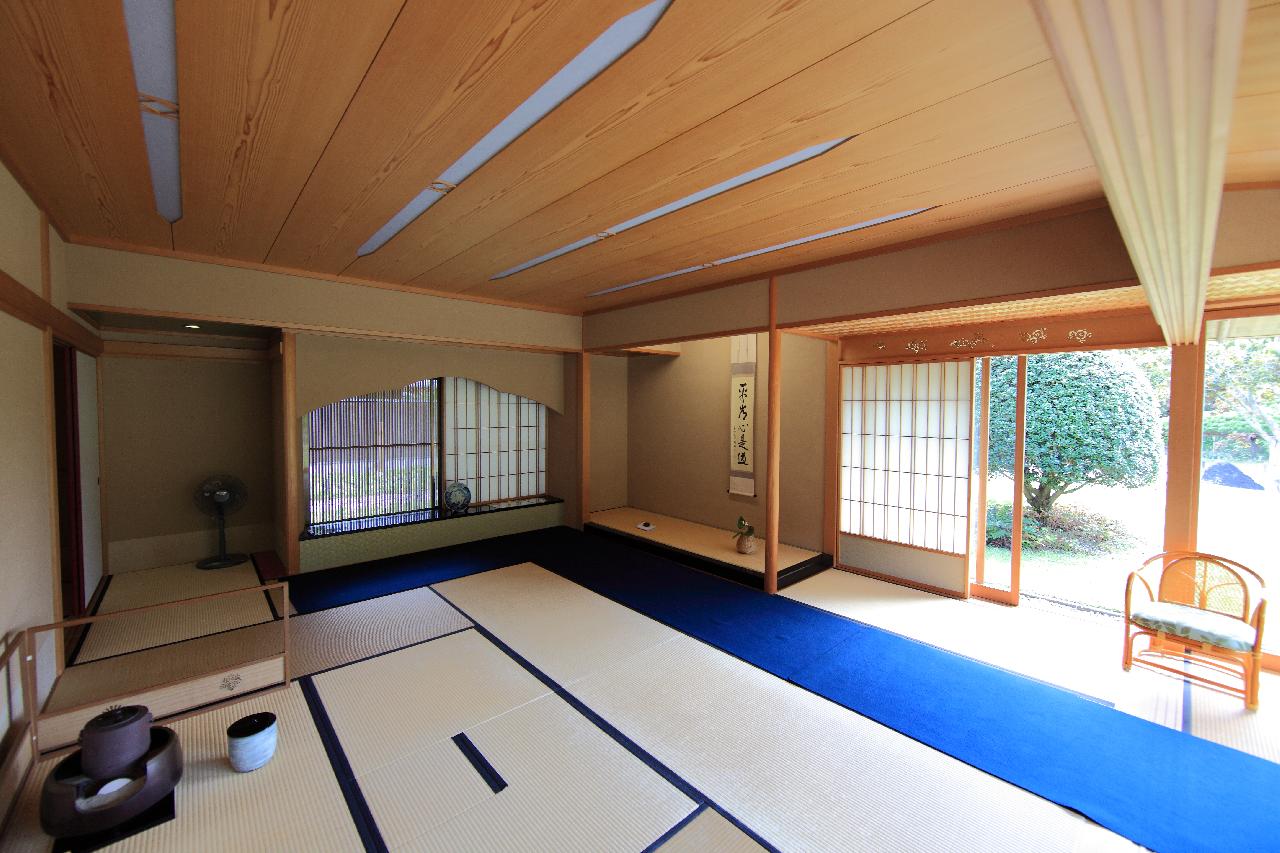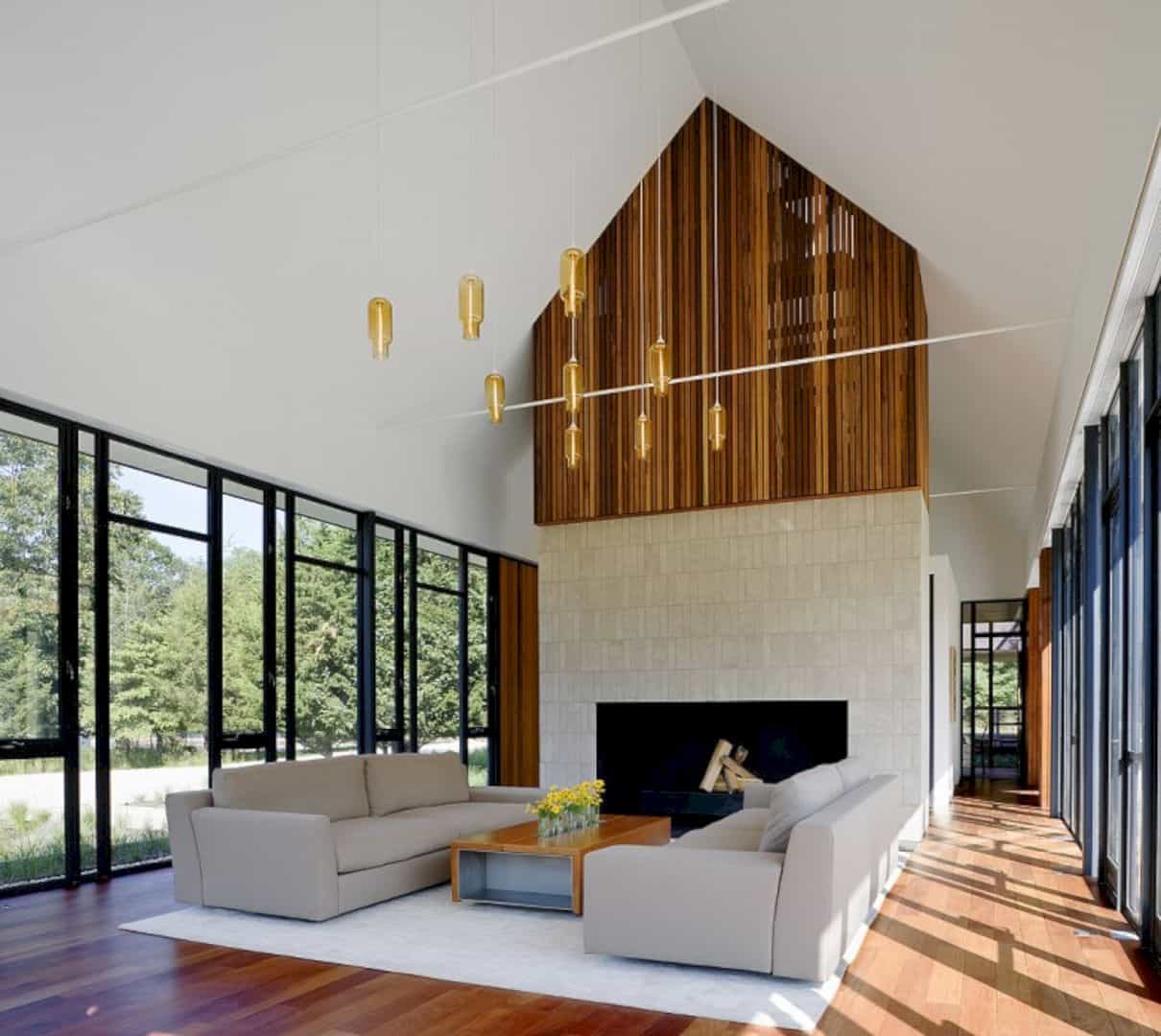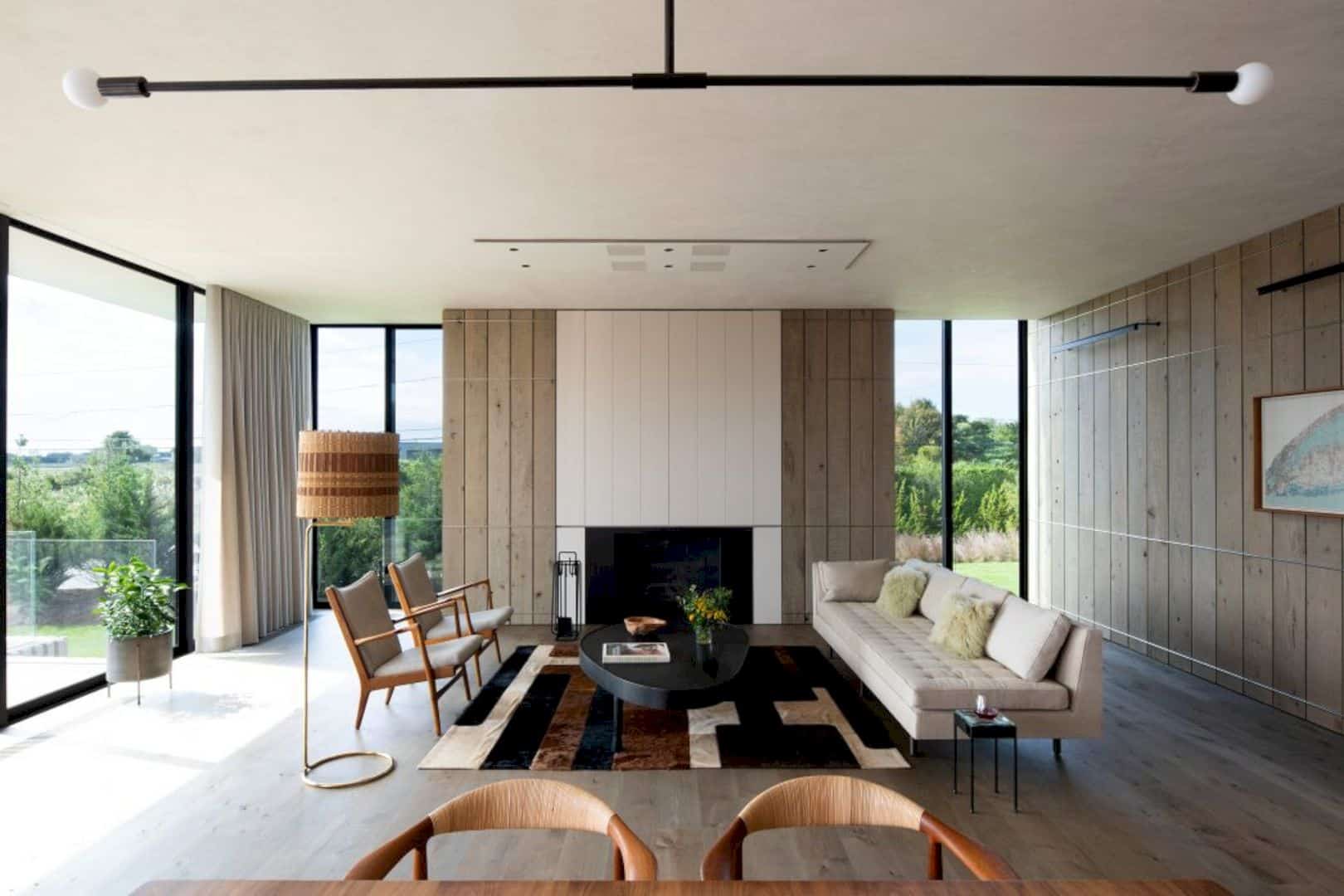Minimalist design is not merely about decorating, but also about adopting a way of life. It is about how we organize efficiently, picking only the essentials, and minimize the clutter. Having less clutter means less distraction, less stressful, and more room and energy for other things in life.
In adopting minimalist design, it is safer to go one step at a time. Starting from one room and proceed to another. Here, beginning with the most prominent space in the house, let’s check some minimalist living room decoration tips below.
1. The first step: declutter and reorganize
It is the very first step to implement a minimalist design. Start by deciding what is important. What kind of things you want to keep, and what you better let go or keep hidden in the storage. Stripped off the living room from any decorative piece, add it later after you finish with the furniture. Also, get rid of any clutter, like stack of letters, notes, bills, or magazines.
Next, reorganize your items of choice. The items which are essentials but not contributing as decorative elements should go in the storage. For example, you may want to keep stationary or DVDs in the living room, don’t let them distract the decoration. Make room for them in the storage, but remember to organize neatly. Keeping them out of sight doesn’t mean you could toss them with cutlery, for example. Or, if you want to display them, choose a simple shelf which accommodates items to be organized based on its function.
2. Pick only the essential furniture
The main feature of minimalist furniture is its simple design and color scheme. It often has clean lines and flat surfaces. However, the most important thing is to choose furniture you are comfortable with. The advantage of minimalist designs is that you can splurge on high-quality items because you only keep the essentials. Rather than having three low-quality drawers, you can choose one nice shelf with a functional and sleek design.
3. Restrain your color palette
Choose earthy and natural colors. The basic color can be gray, cream, white, or black. For the accent, you can go with deep blue, grass green, rusty red, burnt orange, or other earthy tones. For wooden furniture, go with its natural stain. Of course, you can always add brighter colors but pick only one or two different hues.
4. Maintain empty spaces
In minimalist design, space is one of the key elements. Empty space brings out the object more clearly, defining its feature. Don’t let the room feel cramped by unnecessary furniture. Remember, less is more in minimalist design.
5. Create a focal point
Empty space amplifies the visual effect of an object, but in order to get a visual balance, you need to create a focal point in the room. This is the highlight of the room, and it can be anything, for example, a fireplace, large painting, or even television. Create a layout in which the focal point acts as a center stage. A focal point could also be a group of furniture arranged in a certain layout.
6. Pay attention to the lights
One of the keys in minimalist living room decoration tips is lighting. An adequate lighting is a must in minimalist design. The room should not be dark. For electrical light source, stay away from halogen or incandescent. Use fluorescent bulbs and keep the design simple. Minimize the use of patterns.
For natural light source, don’t put too much ornament around the window. Keep the curtain simple, one-colored, or no curtain at all, if you don’t have a privacy issue. Let the sunlight pour into the room. The scene outside the window is also a decoration. The exterior can be a part of the interior.
7. Do not go overboard with decorative elements
Either make it as an accent or make it a focal point. For example, a solid colored vas above the table is an accent, while a piece of large canvases can act as a focal point. Stay away from vintage ornaments. Avoid furniture with elaborate details, such as a big, carved, wooden clock.
8. Artwork as a focal point
When choosing artwork to be featured as a focal point, go for larger and prominent pieces. Choose whatever you like, but avoid gallery-like arrangement, for example hanging several paintings on your wall. Make it as a bold statement. Let it take the center stage.
9. Play with textures
To avoid the monotone color palette, you can use different materials with a different texture. Wooden furniture creates a warm atmosphere as well as adds texture. A leather sofa, or from quilted material with a straightforward design is also possible.
In conclusion, adopting minimalist design doesn’t mean you can’t decorate your room. Start with decluttering and choose your furniture. Always think of functionality when choosing furniture. The core of the minimalist design is to simplify your life and choose only the essentials. The simpler the room, the easier it is to manage and clean.
These minimalist living room decoration tips cover the basic steps. You can always be creative and add your personal touch. Go for furniture with clean curves, geometrical, spherical, or rectangular, as long as you are comfortable with it. Keep in mind that the idea of a minimalist living room is to create enough space for people while maintaining its simplicity. So, when you come home at the end of the day, the room will bring a peaceful and calming atmosphere.
Discover more from Futurist Architecture
Subscribe to get the latest posts sent to your email.


